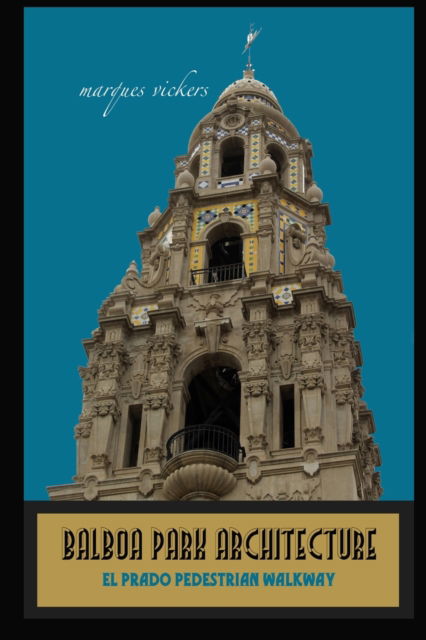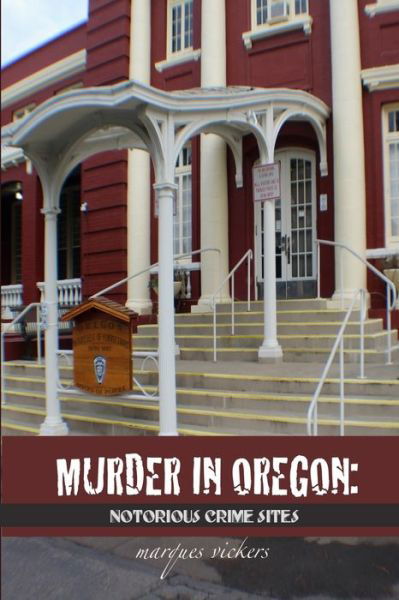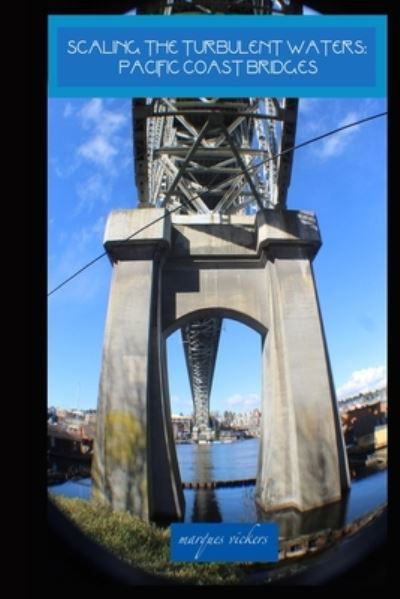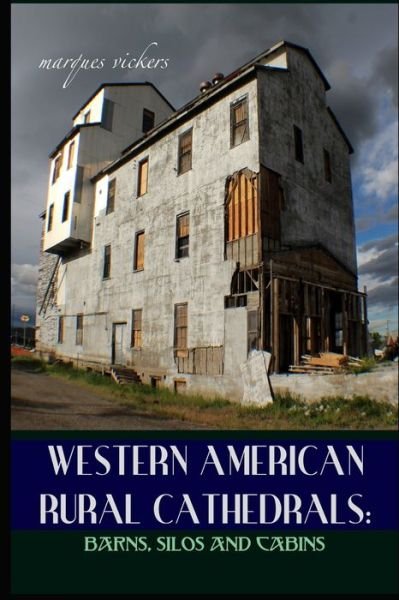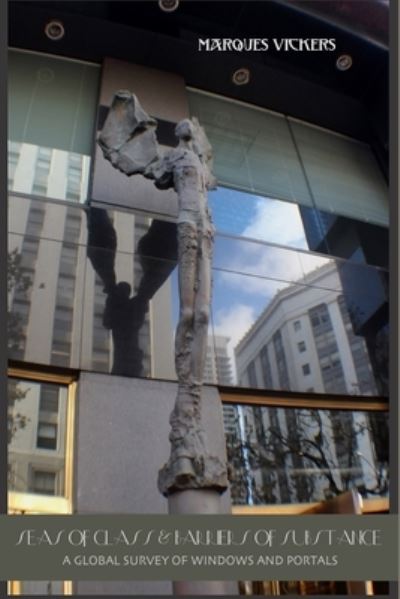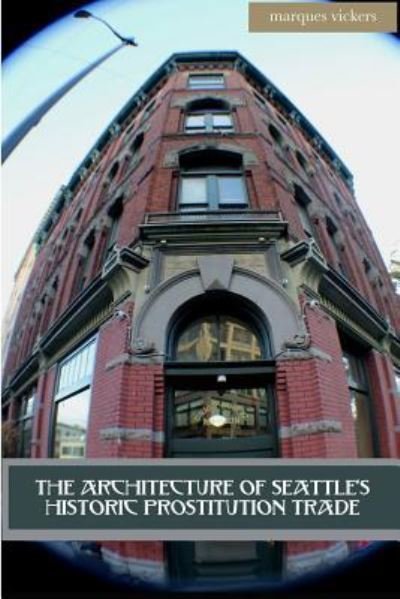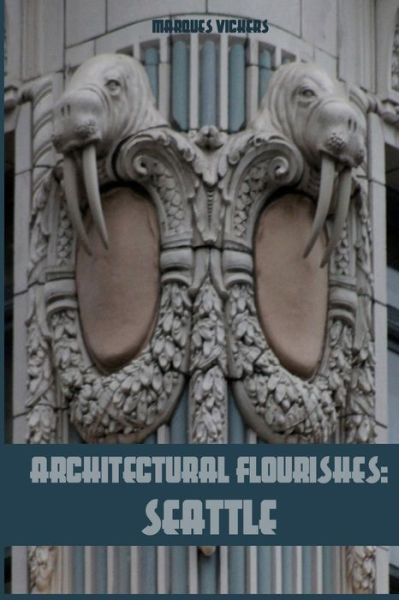
Tell your friends about this item:
Architectural Flourishes
Marques Vickers
Architectural Flourishes
Marques Vickers
"Architectural Flourishes: Seattle" is a pictorial guide illustrates the features that capture the city's architecture legacy. The distinctive pre-Modernist examples of the late nineteenth through early twentieth century are liberally disbursed throughout the downtown, Pioneer Square and Capitol Hill districts. Over 215 photographs detail unique and distinctive exterior traits, statuary and notable design flourishes. Seattle has economically followed patterns of historical affluence and stagnation. The city's architecture is testament to the cyclical and volatile nature of fortune. During the mid-nineteenth century, Seattle began its initial development and expansion fueled by an abundant timber industry and maritime capacity. Over the subsequent decades, the city expanded as an exporter of services and manufactured goods. Seattle was deeply traumatized financially by the slowdown caused by the nationwide Panic of 1893. Misfortune was compounded by calamity with a devastating June 6th, 1889 fire that decimated 25 downtown blocks and burned for several hours. The entire layout of wood framed structures was destroyed. The catastrophe ironically rejuvenated the downtown, resulting in a fervent reconstruction program consisting exclusively of stone and brick structures. Wood framed buildings were prohibited. The Klondike gold rush of 1896 spurred regional economic activity, particularly in providing goods and services to the Alaskan bound miners. During the first two decades of the 20th century, Seattle accommodated a massive incoming immigration. The influx resulted in the creation of outlying tightly concentrated neighborhoods. The downtown core swelled minus coordinated zoned planning. Steep hillsides were lowered to enable fresh constructions and greenbelt territories. Parklands, bridges and public works projects proliferated creating a diverse blend of ambiance and chaos. America's entry into World War I created another spike in merchant trade and shipbuilding. Its immediate focus lessened the city's incentive to cultivate alternative industries. With the conclusion of the war, economic growth stalled. An increasingly militant labor movement conflicted violently with commercial management interests. Agitation instigated work stoppages and significantly slowed development. Significant port activity relocated to Los Angeles. The local economy decelerated. The Great Depression of the late 1920s and 1930s would radically halt economic expansion and construction. The Seattle of the 1930s and early 40s witnessed minimal architectural innovation. Post World War II growth stimulated by the aerospace industry and later high tech during the 1990s rekindled the once vibrant Seattle economy. Yet the historical buildings constructed following the Great Fire and early twentieth century remains important benchmarks. Surveying Seattle's abundant older architecture becomes a glimpse of an economic time capsule. Most of these structures were originally built with unreinforced masonry. They would require subsequent restructuring and stabilization to survive demolition. The largest concentration is located within the core district called Pioneer Square. Contemporary Seattle is undergoing a dynamic resurgence of architectural construction consisting primarily of skyscrapers. Each completed monolith provides an intriguing and often imposing contrast to the modestly scaled structures from a distant era. With the passage of time, historical constructions and their unique aesthetics remain statuesque and relevant. Seattle's integration of traditional and contemporary design reinforces its image as a desirable urban living environment. Few American cities can still document the precise stages of their evolution by the remaining strata of their architecture. Seattle is an exemplary example showcasing that capability.
| Media | Books Paperback Book (Book with soft cover and glued back) |
| Released | May 1, 2020 |
| ISBN13 | 9798642597538 |
| Publishers | Independently Published |
| Pages | 164 |
| Dimensions | 152 × 229 × 10 mm · 249 g |
| Language | English |


